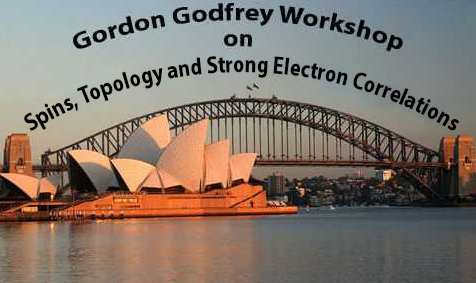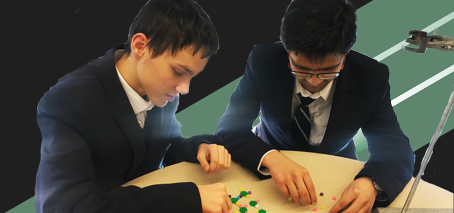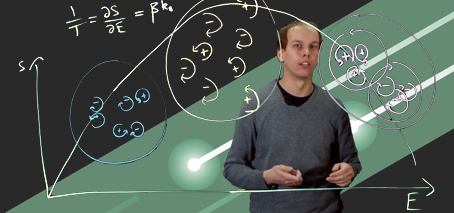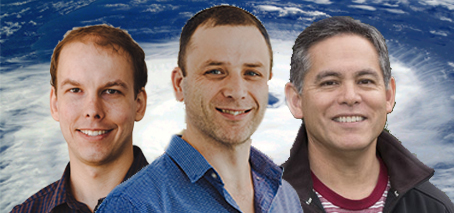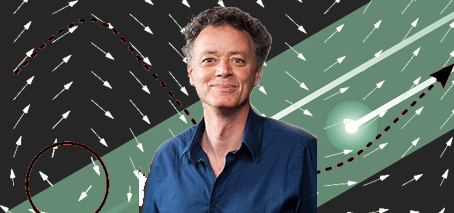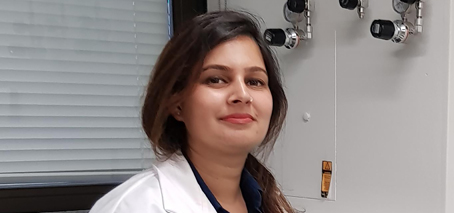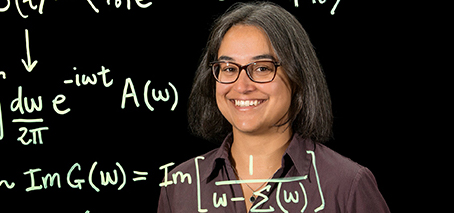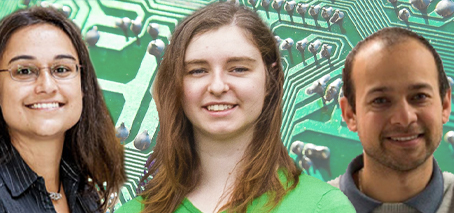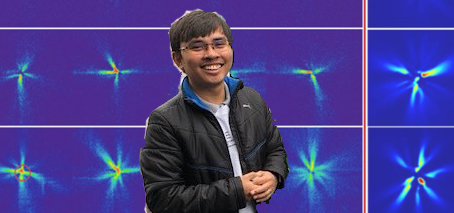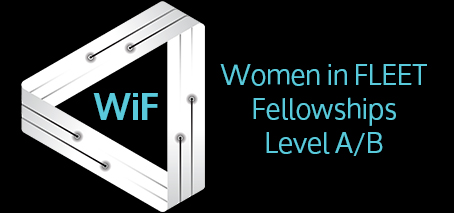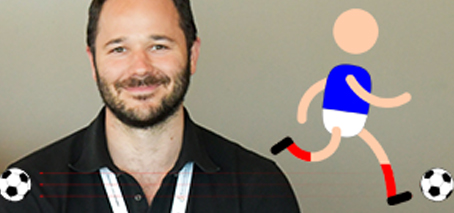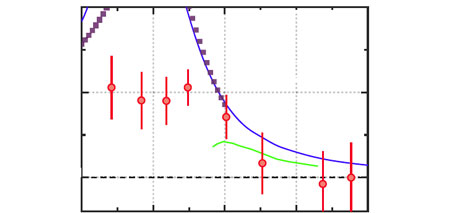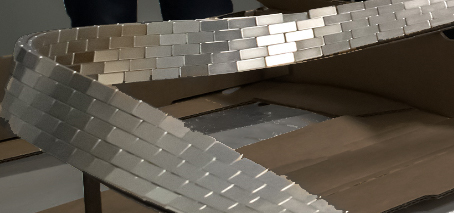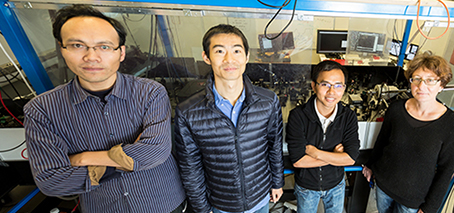Yesterday’s ARC Discover Project announcement saw FLEET research and researchers across three Australian universities awarded additional funding. Across five separate grants, over $2.6m new research funding went to projects and facilities led by FLEET researchers, complementing FLEET’s search to develop ultra-low energy electronics and boost related areas of research. Australia’s Minister for Education Dan Tehan yesterday announced almost $285 million …
Gordon Godfrey Workshop advances Australian quantum physics
Almost 120 researchers gathered in UNSW last week to discuss spin and strong-electron correlations in the university’s biennial Gordon Godfrey Workshop. The 2019 Gordon Godfrey Workshop on Spins and Strong Correlations was held at UNSW’s School of Physics for five days from 25 to 29 November. The Gordon Godfrey Workshops, which have been running since 1991, provide a forum for Australian and international researchers to exchange ideas and …
Precision measurements of elementary excitations in a unitary Fermi gas
The study of many-body quantum systems with strong inter-particle interactions is of great interest for the understanding of novel materials. Ultracold atomic gases allow the precise tuning of interactions between atoms via a Feshbach resonance. We experimentally realise such gases with fermionic atoms at unitarity exhibiting the strongest interactions allowed by quantum mechanics. Using two-photon Bragg spectroscopy, we study the …
Dynamics of impurities in quantum gases
The quantum impurity problem is relevant to a range of different systems in physics, and it continues to be a highly active area of research. In ultracold atomic gases, the impurity problem can be realised by introducing a small number of atoms of a different species into a background gas. The interaction between the impurity and the background medium can …
Motion and teleportation of bubble skyrmions in low-dimensional ferroelectrics
Polar bubble domains are complex topological defects akin to magnetic skyrmions that can spontaneously form in ferroelectric thin films and superlattices. They can be deterministically written and deleted and exhibit a set of properties, such as sub-10 nm radius and room- temperature stability, that are highly attractive for dense data storage and recongurable nano-electronics technologies. However, possibilities of controlled motion …
Annual Workshop 2019
Sunday 8 December Monday 9 December Tuesday 10 December Wednesday 11 December
Program
Canberra Physics Summer School – Spontaneous Coherence & Collective Phenomena In Quantum Systems
***Please note the below event has been cancelled due to the unpredictability of the situation generated by the bush fire crisis.*** The International Canberra Physics Summer School is a biennial conference for early career researchers and postgraduate students from across Australia and New Zealand. This year, the school will be on 13-24 January 2020 on the topic: Spontaneous Coherence & …
Introducing future electronics at secondary-school level
FLEET is currently helping to run a Year 10 ‘Future electronics’ course in partnership with John Monash Science School, Victoria. As well as covering the history of semiconductors and computing, and introducing students to Moore’s Law, the course will also be most students’ first introduction to quantum science, and will be Australia’s first introduction to superfluids and topological materials at …
Impossibly cool: Negative absolute temperatures
—by Dr Shaun Johnstone (Monash University) and Dr Tapio Simula (Swinburne University of Technology) One of the first things we learn about the absolute temperature scale, measured in degrees Kelvin, is that it’s impossible to get temperatures below Absolute Zero. But in a recent pair of FLEET studies into turbulence, researchers were working in a regime of precisely that: negative …
Experimental observation of a new class of materials: excitonic insulators
First observation of excitonic insulator New exotic state was first predicted in 1960s A University of Wollongong / Monash University collaboration has found evidence of a new phase of matter predicted in the 1960s: the excitonic insulator. The unique signatures of an excitonic insulating phase were observed in antimony Sb(110) nanoflakes. The findings provide a novel strategy to search for …
Order from chaos: Australian vortex studies are first proof of decades-old theory
Seminal, seventy-year-old theory of turbulence experimentally verified for first time Applications range from Jupiter’s Great Red Spot to electron movement in superconductors Images and video available Two Australian studies published this week offer the first proof of a 70-year-old theory of turbulence. “The studies confirm a seminal theory of the formation of large-scale vortices from turbulence in 2D fluid flow, …
Deciphering the fundamental physics of ferroelectricity at the nanoscale
Welcome new AI Laurent Bellaiche Welcome to Prof Laurent Bellaiche, whose ongoing research collaborations with FLEET are recognised by him becoming a Centre Scientific Associate Investigator. At the University of Arkansas (US), Prof Bellaiche leads first-principles-based theoretical studies of ferroelectrics, magnetic compounds, multiferroics and other semiconductors. He has co-authored over 310 refereed journal articles, his publications have been cited more …
Welcoming two new Associate Investigators
Dr Dmitry Efimkin (right) is a Scientific Associate Investigator at Monash University specialising in novel materials such as Dirac materials, graphene and topological insulators, and optical phenomena in solids. Within FLEET, Dmitry works with CIs Michael Fuhrer, Meera Parish, and Nikhil Medhekar in Research theme 2: exciton superfluids and Enabling technology A: atomically-thin materials, studying optical and collective phenomena in …
Three young FLEET scientists off to Lindau Nobel meeting
Three FLEET researchers have been chosen to represent Australia at the annual Lindau Nobel Laureate Meeting this year. The three FLEET researchers will among ten early-career Australian scientists attending the 69th Meeting of Nobel Laureates in Lindau, Germany, 30 June – 5 July 2019. The 69th Lindau Nobel Laureate Meeting will be dedicated to physics. To date, 42 Nobel Laureates have …
Meera Parish named APS 2019 Outstanding Referee
FLEET’s Meera Parish has been named 2019 Outstanding Referee, the only one in Australia, by the influential American Physical Society (APS). The APS selected 143 Outstanding Referees for 2019, each of whom have demonstrated exceptional work in the assessment of manuscripts submitted to the Physical Review journals. The Outstanding Referee program recognises approximately 150 currently active referees each year, and …
The future of electronics: beyond the end of Moore’s Law (RSV)
Computing has transformed the world, but there is a price: the huge amount of energy being consumed by massive, factory-sized data centres means that information and communications technology (ICT) already consumes about 8% of global electricity, and is doubling every decade. ICT now has the same global-warming contribution as the aviation industry. Tickets At the same time, we are running …
First snapshot of exciton-polariton condensation process
First snapshot of exciton-polariton Bose-Einstein condensation (BEC) in an inorganic semiconductor Unique opportunity to understand details of BEC without statistical averaging Key to fundamental understanding of exciton-polaritons An ANU advance provides never-before-achieved ‘snapshot’ of Bose-Einstein condensation. Previously, observations of exciton-polaritons in a Bose-Einstein condensate were limited to statistical averaging over millions of condensation events. ‘Snapshot’ imaging of polaritons forming a …
Women in FLEET Fellowships 2018
Applications close 14 Jan 2019 FLEET is seeking to appoint two outstanding early career female candidates as Women in FLEET Research Fellows to perform research at one of the FLEET nodes as determined by the candidate’s expertise and research aspirations. The appointment is for up to three years (at a full-time load), with part-time arrangements negotiable upon request. The level …
New Australia–Italy collaboration: FLEET partners with University of Camerino
FLEET is pleased to announce a new partnership with the University of Camerino (Italy), which will exploit strengths of both groups in the study of exciton superfluids. The University’s Professor Andrea Perali and Professor David Neilson join FLEET as new Partner Investigators. Professors Perali and Neilson study the theory of of exciton superfluids,and since 2012 have collaborated with FLEET’s Deputy …
Clarifying effects of negative mass
A FLEET study led by University of Queensland’s David Colas clarifies recent studies of negative mass, investigating the strange phenomenon of self-interference. Negative mass?? When we think of ‘mass’, we usually consider the ‘inertial’ mass – the resistance of a body to acceleration due to an applied force. For a moving object, its mass is then a simple relationship between …
FLEET collaboration aims to prevent energy losing its way
Published in Monash Lens 27 Sep 2018 Featuring Meera Parish & Michael Fuhrer, School of Physics & Astronomy, Monash University Cheaper, faster, smarter, smaller – the ever-evolving digital world has changed the way we live, as predicted by the law Gordon Moore outlined in 1965. Moore’s Law foretold that the number of transistors in a dense integrated circuit would double …
Polaritons and the thrill of fundamental discoveries: meet FLEET’s Eliezer Estrecho
FLEET’s Eli Estrecho recently finished his PhD, and is now a postdoctoral researcher, working with Professor Elena Ostrovskaya in the Polariton-BEC Research Group, Australian National University. We asked Eli some questions about his research, how he got into physics, and the thrill of fundamental discoveries. Q: Tell me about your research at ANU EE: I study hybrid particles of light …
MCN Tech Ops Seminar: Bose-Einstein Condensation of exciton-polaritons in 2D materials
Bose-Einstein Condensation of exciton-polaritons in 2D Mterials Tinghe Yun Monash University All welcome! Abstract: The project is aiming at the excitonic dissipationless system, towards the room temperature superfluidity. Bose-Einstein condensation (BEC), which is the physical phenomena of bosonic particle coherence, is regarded as the typical superfluidy. Exciton-polaritons, the result of strong coupling between photon and exciton, is a kind of …
Quantum anomaly – breaking a classical symmetry with ultracold atoms
Scaling symmetry in a 2D Fermi gas breaks down with strong interactions between particles Quantum gas studies unlock fundamental physics—with an immediate application A FLEET study of ultracold atomic gases – a billionth the temperature of outer space – unlocks new, fundamental quantum effects. The researchers at Swinburne University of Technology studied collective oscillations in ultracold atomic gases – identifying …
Supercool, superconducting Mobius track helps communicate FLEET science
A super-cooled, superconducting Mobius-track impresses the crowds, helps embed FLEET science As a cool science demo, FLEET’s superconductor Mobius track ticks all the boxes: liquid nitrogen – tick. Superconductor – tick. Cool shape – tick. Relevance to the science – tick tick tick. The track features 1500 neodymium magnets, fixed into the shape of a Mobius strip, so that a …
Honours Project: Experiments on two-dimensional quantum turbulence
Two-dimensional turbulence is even more fascinating than its three-dimensional counterpart. Here, the turbulent energy is predicted to go into the formation of increasingly larger size eddies and vortices in a so-called inverse energy cascade process. Hence 2D turbulence exhibits a peculiar self-organization, giving rise to order out of chaos. This project will involve investigating two-dimensional turbulence in a superfluid atomic …
Light-transformed materials: detail
Chiral flow: twisting exciton-polariton condensates at exceptional points
Outstanding problem in exciton-polariton physics resolved using exceptional points at ANU Chirality of mode at EP opens future research avenues for exciton-polariton physics Researchers at ANU recently proved a novel method for generating orbital angular momentum states (vortices), with a topological charge that is ensured by an exceptional point. Recent studies at the ANU resolve an outstanding problem in exciton-polariton …
Puzzling results explained: a multiband approach to Coulomb drag and indirect excitons
Taking a multiband approach explains ‘electron-hole reverse drag’ and exciton formation Mystifying experimental results obtained independently by two research groups in the USA seemed to show coupled holes and electrons moving in the opposite direction to theory. Now, a new theoretical study has explained the previously mysterious result, by showing that this apparently contradictory phenomenon is associated with the bandgap …


